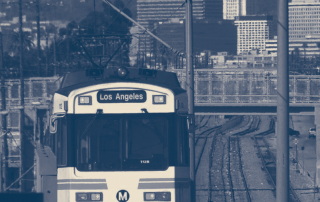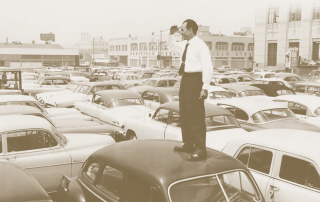ACCESS 42, Spring 2013
Introduction: Getting on Board with Public Transit
John A. Mathews
The ancient Greeks believed that the recently deceased journeyed to the land of the dead not by floating toward a bright light, but by public transportation. A boat driver named Charon carried souls across the river Styx on an express ferry to Hades. The dead who didn't have exact change were forced to wander for thousands of years, looking for a deli where they could break a drachma.
Download the PDF.







